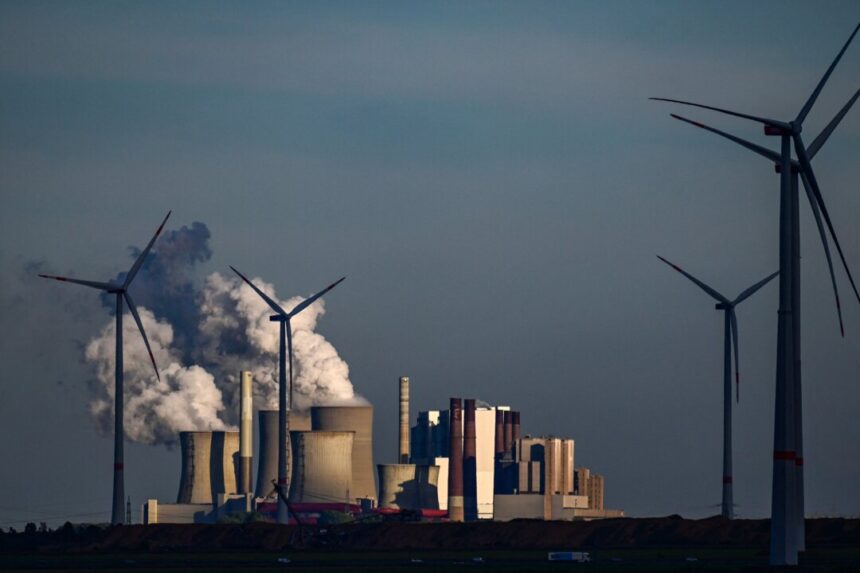The director of a construction company in Queensland criticized GenCost reports, calling them “a load of junk” and highlighting various issues with them. GenCost reports offer insights into electricity generation and storage costs in Australia, created by the CSIRO and AEMO. While government agencies often use these reports to support renewable energy policies, many experts have questioned their accuracy.
In the most recent GenCost report, solar and wind were identified as the most cost-effective newly built electricity technologies, while nuclear was deemed the most expensive. During a recent inquiry on nuclear energy, Bob McCosker, the director of McCoskers Contracting, with 40 years of industry experience, expressed concerns about the reliability of information in GenCost reports. He referenced the disclaimer at the beginning of the report, which acknowledges the general nature of the information based on scientific research and advises against relying on it without seeking expert advice.
McCosker criticized the government for using these reports to promote renewable energy policies despite the disclaimer suggesting the information may be incomplete or unreliable. He emphasized that the reports focus on installation costs rather than the actual cost of energy production, failing to consider subsidies for renewable projects or agreements with international investors.
McCosker’s observations were supported by former Australian Nuclear Science and Technology Organisation CEO Adrian Paterson, who highlighted the oversight of system costs in GenCost reports. McCosker also raised concerns about the increasing energy demand in Australia due to factors like electric vehicles and AI, stressing the necessity of tripling coal-fired generation to meet future needs.
He pointed out that global tech companies are turning to nuclear power for sustainable energy solutions, suggesting Australia follow suit to meet the rising demand for electricity. McCosker emphasized the importance of a rational discussion about energy supply in Australia to address the imminent challenges posed by escalating energy requirements.
Could you please rephrase this?
Source link





